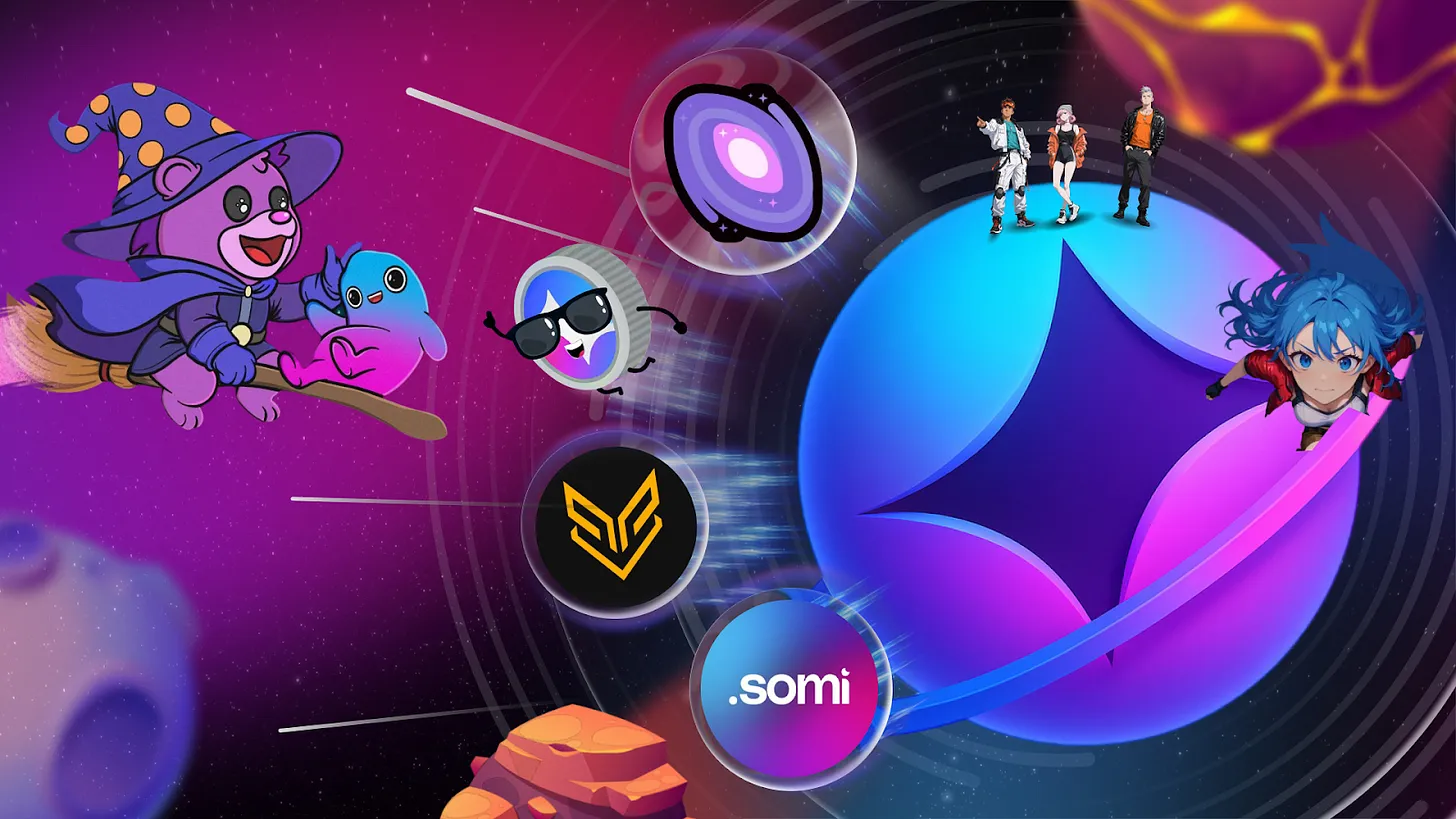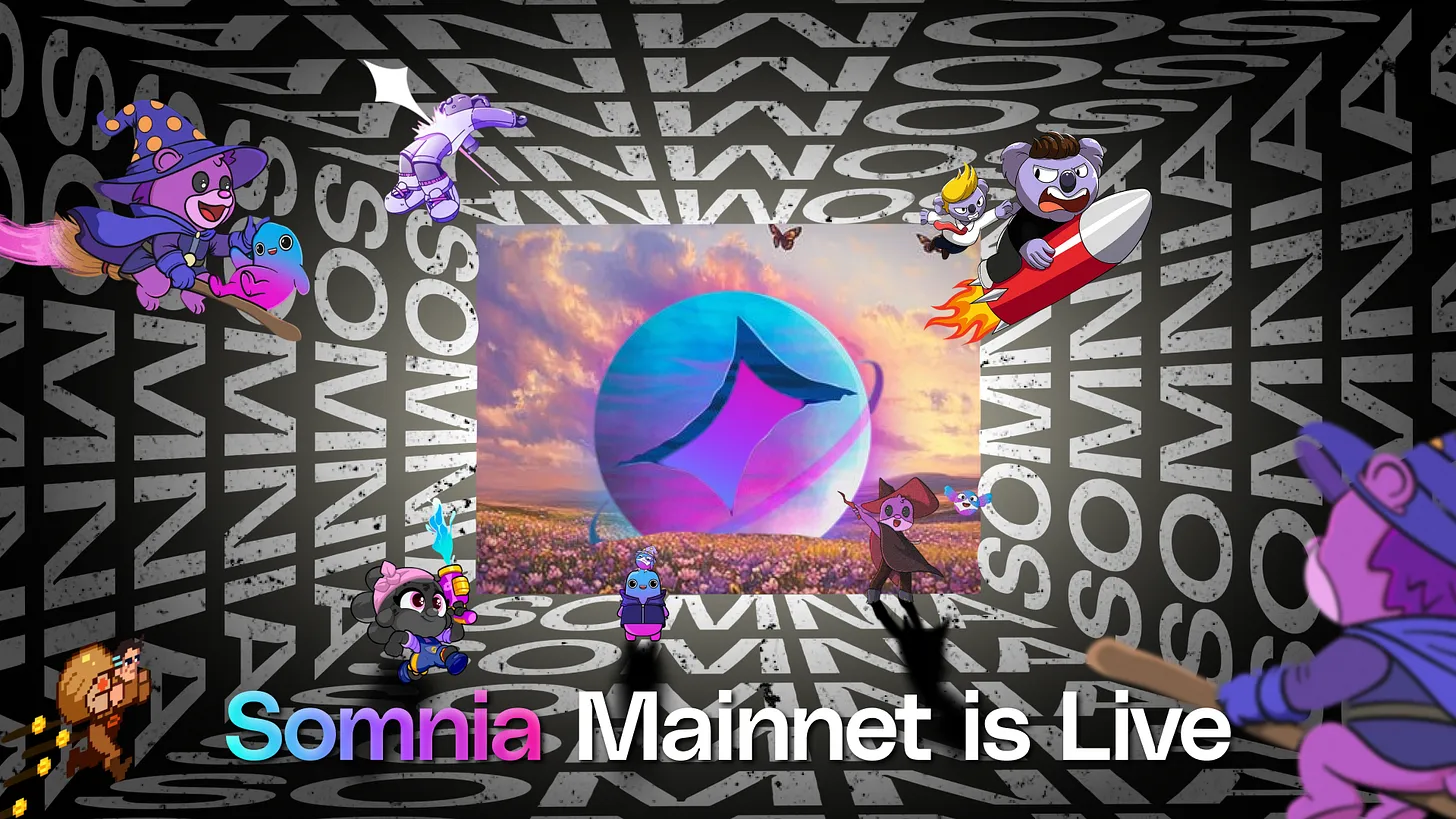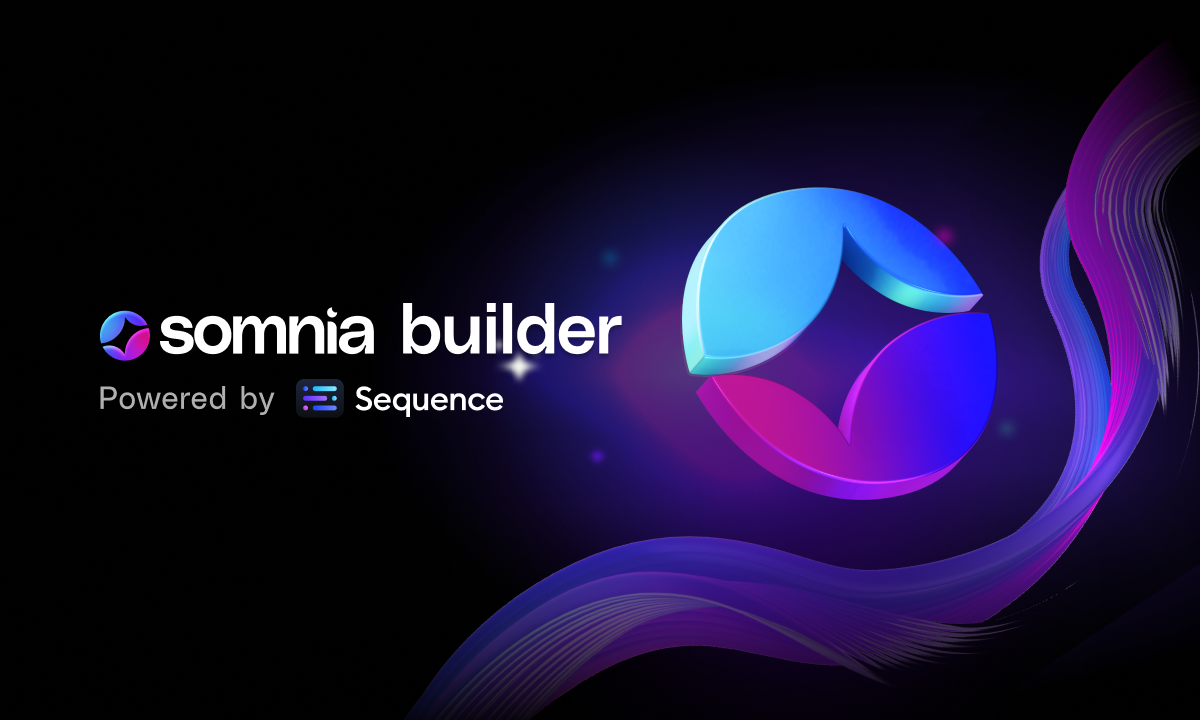
Somnia Mainnet Goes Live With Record EVM Throughput and 1M+ TPS Capabilities

Somnia’s Mainnet is officially live and ready to make history with the fastest, cheapest, and most efficient EVM layer 1 blockchain ever. Now developers can turn ambitious ideas into reality, creating applications that are both advanced and easy to use. Somnia makes it possible for web3 to feel as intuitive as any other app or game, which is the key to accelerating mass adoption.
Record Breaking Testnet Performance
During Somnia’s Testnet phase, the blockchain processed more than 2 billion transactions. The busiest day reached over 80 million transactions, setting a new record for EVM chains. These results proved how Somnia could handle fully onchain applications and games without missing a beat.
Over six months, Somnia’s Testnet processed over 2 billion transactions, which is so high that you would have a hard time believing that this was even possible if you weren’t aware that fully onchain applications were running on Somnia.
While pushing the chain to the absolute limit during the Devnet phase, engineers hit speeds as high as 1.05 million transactions per second. To put that in perspective, the extra 0.05 million alone is 50,000 transactions per second, which is still more than many blockchains can handle, and Somnia’s results stacked a full million on top of that.
A Strong Validator Network
Validators were at the center of Somnia’s performance milestones for the launch of Mainnet. Throughout the 6-month Testnet phase, validators helped maintain stability, secure the network, and keep performance consistent during high-density moments.
60 validators took part in the Testnet and are now supporting Mainnet, with more joining soon. Validators play a crucial role in the health and decentralization of the blockchain, but they also serve as early adopters and advocates for the ecosystem. The diversity of validators helps secure the network and maintain consistent performance and up-time as activity increases.Subscribed
Developing New Use Cases in Web3
Somnia’s architecture allows builders to focus on building rather than working around performance constraints. With over 1 million transactions per second, sub-second finality, and sub-cent fees, the network is designed for applications that need both scale and affordability.
Possibilities and features unlocked by Somnia’s performance:
- Fully Onchain Applications – Applications where all critical game logic, state, and assets are recorded directly on the blockchain. This allows developers to create persistent virtual worlds, financial systems, or social platforms that continue to run without centralized servers. Users can own their data and items outright, and the application remains operational as long as the network exists.
- Reactive Features – Game and application mechanics that can respond instantly to onchain events in real time. For example, an in-game economy that adjusts prices automatically based on player activity, or a social platform where interactions trigger immediate changes to shared environments.
- Gaming Prediction Markets – Markets that let players and spectators place wagers or make predictions about in-game events, match outcomes, or player performance. With Somnia’s capabilities, metadata can go fully onchain, making the development of these markets possible.
- Composability – The ability for applications to build on each other’s smart contracts and assets, allowing new experiences to emerge from existing ones. In gaming, this could mean one title integrating characters or items from another without manual coordination. In DeFi, it might mean building a new protocol that uses the liquidity and functionality of existing ones.
- Provable Fairness – Mechanics that are verifiable to ensure outcomes are not manipulated. For games, this means players can confirm on the blockchain that loot drops, match results, or random events are generated fairly.
The scale Somnia reached in Testnet has shown that developers it’s actually possible to build applications with these features. Many of the Testnet builders have been astonished that these speeds and costs are even possible, and their imaginations are already running wild with ideas about new features that they can implement in future updates.
A Growing Ecosystem
70 ecosystem partners joined during Testnet, bringing expertise across gaming, AI, DeFi, and social applications. These include competitive multiplayer titles, large-scale social networks, creator-driven marketplaces, and advanced AI agents that interact with players in real time.
Partnerships with platforms like LayerZero, Sequence, Ankr, DIA, and Thirdweb give developers access to familiar tools while enabling interoperability between Somnia and the wider Web3 ecosystem. This ensures that projects launching on Somnia can connect to established markets, infrastructure, and user-bases without additional friction. Meanwhile, enterprise partners like Google Cloud, Fireblocks, and BitGo provide the infrastructure, security, and institutional services needed to support growth at scale.
Gaming on Somnia
Gaming is a major focus for Somnia, with dozens of titles already in the ecosystem that showcase the network’s ability to handle real-time, fully onchain gameplay. Competitive action titles like Sparkball and Maelstrom push performance limits with fast-paced multiplayer matches. Masks of the Void blends strategy and lore-rich worldbuilding, while creator-driven projects are experimenting with composable game assets and onchain mechanics.
Through the Dream Catalyst accelerator, Somnia is onboarding a growing slate of high-quality games built specifically for web3. Titles like Dark Table CCG, Netherak Demons, Mullet Cop: Mall Sim, QRusader, and Variance are bringing unique genres and gameplay mechanics to the chain, from competitive card battles and dark-fantasy RPG combat to retro-inspired mall simulators, QR-code dungeon crawlers, and live-service anime roguelikes. By providing funding, technical support, and go-to-market resources through Dream Catalyst, Somnia ensures developers can focus on making great games.
Building the Developer Community
Somnia is committed to supporting developers at every stage of their journey. The network’s $10 million grant program provides support for innovative projects, while the Dream Catalyst accelerator offers targeted support for games and interactive experiences.
Over the next year, Somnia will host a series of online mini-hackathons to encourage experimentation and collaboration. Dreamathon, a dedicated incubator program for DeFi, AI, InfoFi, and SocialFi projects, will provide additional resources, mentorship, and exposure to help teams bring their ideas to market.
This combination of funding, technical support, and community building ensures that developers have both the infrastructure and the ecosystem needed to succeed.
Somnia Summer and Beyond
With Mainnet live, Somnia is moving into a new phase focused on adoption. Developers in gaming, AI, social, and DeFi are already building on the network, creating worlds with decentralized economies, competitive multiplayer environments, and high-frequency financial applications. The first wave of projects includes competitive games with real-time economies, creator platforms powered by diverse communities, and AI-driven applications that rely on fast, low-cost blockchain transactions.
Somnia will continue to grow the ecosystem through its grant program, targeted accelerators, and regular developer events. Over the coming year, new integrations will expand the network’s reach across gaming, entertainment, and financial services. The goal is to provide builders with the performance and tools they need to launch applications that they could only dream of before.



